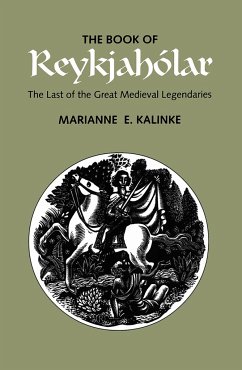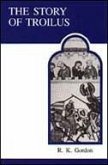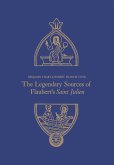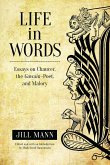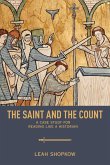In this study Marianne E. Kalinke examines what may be considered the last great medieval legendary, the Book of Reykjaholar, produced on the very eve of the Reformation. The significance of this legendary resides in its preserving in Icelandic translation a group of otherwise unattested medieval Low German saints' lives. Kalinke presents a literary analysis of the Reykjaholar compilation, demonstrating what kind of sources the translator used and how he collected, combined, and adapted these texts to suit his Icelandic audience. The book also offers stylistic, thematic, and comparative analyses of the legends. A number of these Christian myths are apocryphal, and some transmit folktales and romances, such as the legend of the hairy anchorite (St John Chrysostom), the tale of the search for the highest king (St Christopher), the tale of the grateful lion (St Jerome), the tale of the dragon-slayer (St George), and the story of the holy sinner (Gregorius peccator). The legends belong to the vast corpus of German hagiography, yet the currency of these particular versions is documented today only by virtue of their inclusion in this Icelandic legendary. The book opens with a survey of the development of German hagiography, goes on to a discussion of the religious and intellectual climate in early sixteenth-century Iceland, and follows with a consideration of the legendary's Low German sources and its production by one of the wealthiest Icelanders of the time, Bjorn Thorleifsson of Reykjaholar.
Hinweis: Dieser Artikel kann nur an eine deutsche Lieferadresse ausgeliefert werden.
Hinweis: Dieser Artikel kann nur an eine deutsche Lieferadresse ausgeliefert werden.

